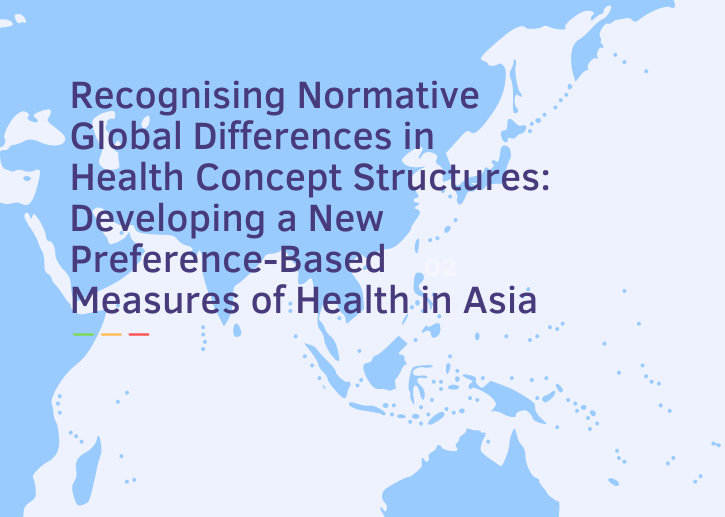Costing: An Introduction
What is the difference between cost and charge? Why do we normally consider societal perspective when conducting economic evaluations? These questions echoed throughout the meeting room. During the past week, interns from India participated in a week-long costing training at the HITAP office. The Indian scientists are planning to develop diarrhea and typhoid intervention cost evaluation studies to conduct back at their home country. For some, this training was their first time being exposed to health economics. Even so, from all covered topics, ranging from an overview of the Thailand healthcare systems to an introduction to economic evaluations and outcome assessments, costing analysis seemed to be the most difficult concept to grasp. In this blog post, I will be introducing the foundational concepts of costing analysis while addressing key points of confusion brought up during the training.
There are three steps in costing analysis. The very first step is to identify all the resources used to deliver the particular service. This includes direct medical and non-medical costs, as well as indirect costs. Direct medical costs include things like laboratory tests, drugs, and hospital admission while direct non-medical costs include transportation costs, accommodation and meals. On the other hand, indirect costs involve the concept of opportunity cost. Suppose a barista is admitted to the hospital. Not only does he incur costs from staying at the hospital, but he also loses the income he could be earning if he were not ill. This first step of data collection can be quite difficult, especially if you are a researcher from a LMIC. What if hospitals don’t report all their resources? Can I use data from other settings? Thankfully, GEAR has a mindmap that provides a visual guide to resolving these challenge
The second step is to measure the amount of resources used. Whose costs are we considering? Where does the data come from? When is the data collected? When answering the first question, we have to consider perspective. Are we referring to the total cost of society, or only the patient or purchaser? This concept brought about some confusion, though primarily semantic. For instance, a patient’s perspective refers to a patient sitting down and counting his/her costs, rather than considering the costs of their interests. In this case, while the cost of the patient’s stay would be of interest to a patient (to learn the amount of profit made by the hospital), it is not considered in this perspective. This discussion shed light to another point of confusion: cost versus charge. Cost usually refers to the expenses incurred by a hospital when providing a service. On the other hand, charge simply refers to the amount shown on a patient’s bill. Most data come from either hospital systems or government sanctioned health costing studies. These studies can be either retrospective or prospective, although most are retrospective.
The final step is to value the resources used. The monetary value of medical and non-medical costs can be located from unit costs of a hospital study, standard cost lists, patient questionnaires, and many other sources. However, the monetary values from these sources cannot simply be inputted in a costing analysis. To account for time preference and inflation, benefits and costs must be discounted to present value. An interesting and popular question asked during the meeting is why are both benefits and costs discounted, rather than only costs? Let’s say that the benefit of a treatment program is 10 QALYs. If only costs are discounted, then it will be more cost effective to continuously delay the program. Therefore, the discount rate for benefits and costs are set at the same rate for most countries. If you have trouble valuing the resources, the GEAR mindmap offers steps to improve your understanding on cost estimation.
After completing these three steps, you will be well on your way to analyze and present your final results! For specific questions, feel free to ask our experts. To get a more in-depth idea of costing analysis, please refer to the highly recommended “Reference Case” @ GHCC linked below:
https://ghcosting.org/pages/standards/reference_case
References
GEAR. “There is a lack of data costing.” http://www.gear4health.com/gear/mind-map/3. Accessed 20 October 2018.
Khuntha, Sarayuth. “Costing in health economic evaluation.” Costing Training for HITAP Interns. 16 October 2018.
Raftery, James. “Costing in economic evaluation.” BMJ 2000;320:1597, https://www.bmj.com/content/320/7249/1597. Accessed 20 October 2018.


